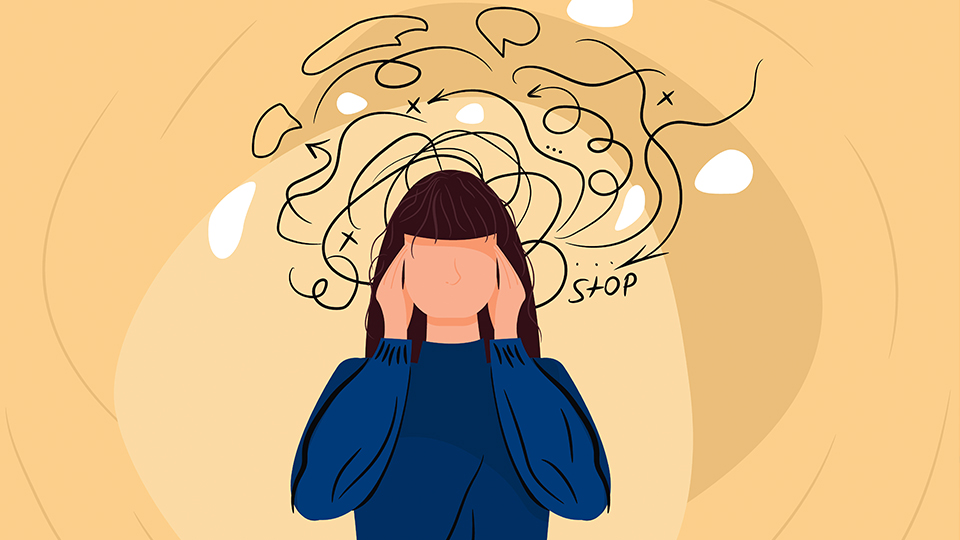Unblocking Creativity: Insights from a Product Designer and Design Manager
November 29, 2023Read Article
In UX design, simplicity is a key principle focused on clarity, efficiency, and ease of use. It involves presenting information in a straightforward way, minimizing complexity by removing unnecessary elements. The goal is to create intuitive, user-friendly interfaces that improve overall usability. Simplicity doesn't mean fewer features; instead, it emphasizes thoughtfully organizing elements to streamline user interactions, reduce cognitive load, and provide a seamless and enjoyable user experience.
Think of a weather app on your smartphone that keeps things simple in UX design. Instead of lots of buttons, it gives you key info like the current temperature and weather at a glance. You can swipe to see more details, like the hourly forecast or a weekly overview. The app keeps it simple by focusing on what you need, avoiding extra features for a smooth and easy experience when you just want quick, relevant weather updates.
In simple UX/UI design, the main idea is that users like things to be easy and straightforward. They prefer designs that are efficient and don't make them think too much, avoiding unnecessary confusion or mental effort.
Cognitive Overload: Research has demonstrated that when users are presented with too much information or complicated processes, their cognitive load increases. This can lead to frustration and a decline in the overall user experience.
User Abandonment Rates: In e-commerce, complex checkout processes often lead to higher user abandonment rates. On the flip side, simpler and streamlined interfaces tend to keep users engaged.
Navigation Challenges: In websites with lots of content, complicated navigation can confuse users. Studies suggest that users prefer simple navigation that makes it easy for them to find what they need, reducing the chance of frustration.
Mobile App Usability: For mobile apps, complex designs can make them less usable. Apps with overly complicated features may attract fewer users, as people generally prefer apps that provide an easy and straightforward experience.
Impact on Learning Curve: If software or platforms are too complex and have a steep learning curve, users might feel discouraged. Studies consistently show that products with simpler interfaces get higher ratings for ease of use and overall satisfaction.
Exploring how users interact reveals a natural tendency to make things easier. This inclination is based on concepts like cognitive fluency, which plays a significant role in shaping user behavior.
Cognitive fluency means how easily people can understand information. Cognitive fluency is the ease with which our brains process information. When tasks are simple and need little mental effort, users feel cognitive fluency.
Knowing about cognitive fluency is crucial to understanding what users like. People naturally prefer experiences that are simple and don't need a lot of thinking. This happens because humans like things to be efficient and not too hard on the brain.
When designers think about cognitive fluency, they make interfaces easy. This means simplifying things, making them less complicated, so users can easily understand the information and can effortlessly navigate. This approach helps designers create friendly and satisfying user experiences.
Highlighting the significance of clear and intuitive user interfaces is crucial for creating positive user experiences. Successful apps and websites show us how keeping things simple and easy to use can make a big difference.
Clear user interfaces are like clear paths that guide users seamlessly. When information is presented in a straightforward manner, users can quickly understand and interact with the content.
Intuitive interfaces anticipate user needs, making interactions feel natural. Designers achieve this by placing commonly used features where users expect them, minimising the need for instructions.
Google Search: Google's search is famous for being simple. The clean interface with a single search bar makes it easy for users to find what they need.
Instagram: Instagram keeps it simple with a design focused on visuals. Users can smoothly navigate photos and videos thanks to the straightforward interface.
Dropbox: Dropbox excels in simplicity. It lets users effortlessly upload, share, and organize files with a clean and easy-to-use interface.
Apple: Apple's design philosophy for their products, from iPhones to MacBooks, emphasizes simplicity. Their user interfaces are known for being clear and easy to use.
These examples show how focusing on users is crucial in design. Making things clear and easy not only makes using things better but also creates a positive and enjoyable interaction. Streamlining interfaces isn't just a design choice; it's a promise to make users happy. Designs that are clear and easy, like in successful apps and websites, make using digital platforms smooth and enjoyable, setting a standard for good UX/UI design.
Having too many choices can be tiring, leading to decision fatigue. When it comes to UX design, simplifying decision-making processes brings several advantages.
When there are too many choices, it confuses users, making it harder for them to make decisions. This can lead to decision fatigue, where users feel exhausted and might even avoid making a decision altogether.
In UX design, easing decision fatigue means making things simpler for users. When choices are simplified, designers improve clarity, efficiency, and satisfaction, making the experience more user-friendly.
Understanding the role of user feedback is crucial for fixing problems in UX design. It's like a guide for designers, helping them discover and fix issues in the user experience. User feedback is vital to understand what users like and dislike, allowing for improvements. Many companies have successfully used feedback to make their interfaces simpler.
User feedback is a powerful tool. By listening to users and making changes based on their suggestions, companies create interfaces that are more straightforward, efficient, and enjoyable for users. It's a collaborative process that helps in building user-friendly experiences.
For UX designers aiming to simplify their designs, here are practical tips from my experience working on UX/UI Design:
In wrapping up, Simplicity is crucial in crafting designs that users love, implying the creation of clear and user-friendly interfaces. Designers should consistently consider user needs, striving to simplify and minimize cognitive load for a smoother user experience.
Encourage your fellow designers to adopt simplicity as a guiding principle. By keeping things straightforward, we enhance usability, making interactions more seamless and satisfying for users. Let's collectively embrace simplicity as the key to creating user-friendly interfaces that resonate positively with the people we design for.

